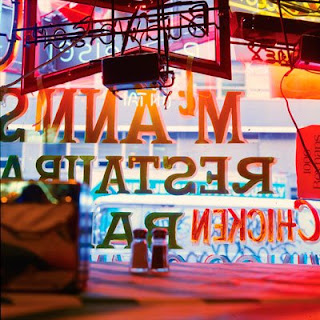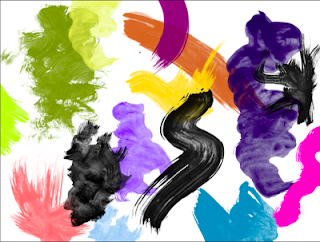PS Preferences

Now before the fun stuff, (it is Friday), I would like to ask you a question. In Photoshop there is a preference that I do not really see the benefit of. The Use Grayscale Application Icon. You can find it in Preferences>Interface … The only thing that turns gray is the little PS icon. Does anyone know what the reason is for this preference? And now some "fun" and cool sites. Crumbler From here you can go to the crumpler bags site which is a lot of fun. Dark Roasted Blend has some really cool stuff too. This one is for tonight. Halloween Have a happy Halloween and enjoy your weekend.












